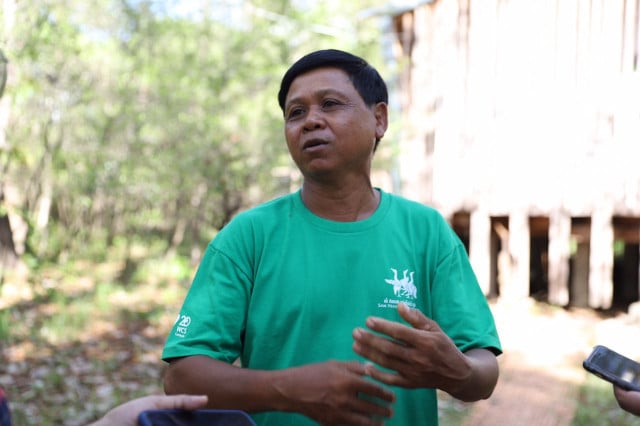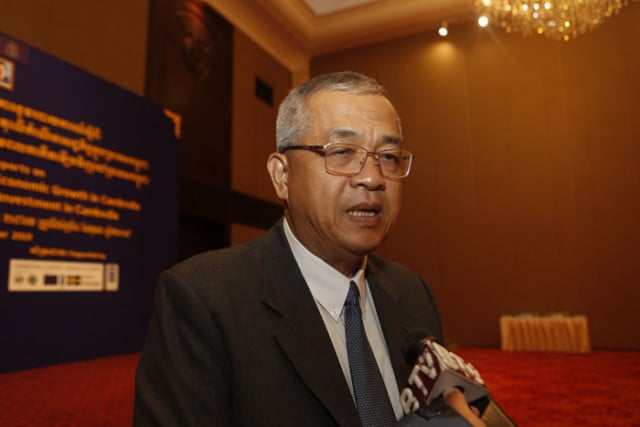Locals’ Concerns to be Addressed as Part of Tiger Reintroduction

- By Teng Yalirozy
- April 11, 2023 10:50 AM
PHNOM PENH – Before reintroducing wild tigers, Cambodia needs to get approval from local villages as well as prepare a safe habitat for the wild animals, a senior official said.
Environment Ministry Spokesperson Neth Pheaktra said that to import wild tigers from other countries, Cambodia must first ensure them a safe environment, free from snaring and packed with prey, and importantly discuss with local people to address their concerns.
“The process is complex. What we need to look at now is that when we have the animals, we must strive to protect and preserve them,” he said on April 6 during the launch of the Zero Snaring Campaign in Pursat province.
The last time an Indochinese tiger was spotted in Cambodia dates back to 2007 when a camera trap took a picture of one of them in Mondulkiri province. But no other picture has been captured since then.
In a move to revive the tiger population, the Cambodian government approved the Tiger Action Plan in 2016, a program that opens the door to a reintroduction of the species in the country, after acknowledging tigers were “functionally extinct”.
But, seven years on, the plan has made little progress and no tiger has been reintroduced so far.
Last year, Cambodia and India signed a Memorandum of Understanding (MoU) to restore the wild animal population. Through its breeding programs, India can supply tigers but the country stressed that close cooperation was necessary to successfully protect them in the wild.
Cambodia has planned to import six tigers from India and place them in the Srepok Wildlife Sanctuary, a potentially suitable area located in Mondulkiri province.
Nevertheless, it remains unknown when the tigers will be reintroduced.
Neth Pheaktra said local populations got used to living without the presence of tigers; hence, a lot of preparation is needed to ensure that both the locals and the tigers are provided with a safe environment.
Having cooperated with the Environment Ministry for the reintroduction effort, John Willis, country director of Cambodia-based NGO Wildlife Alliance, stressed that informing the local people and getting their consent is a key step before reintroducing the tigers into the wild and that it is complementary to the work of both the Indian and Cambodian governments.
“India eventually is going to provide tigers, as long as they are sure that there's a safe environment for them,” Willis said during the launch of the Zero-Snaring campaign.
He added that the campaign will help wild animals as it should prevent them from being injured, which should ensure the comeback of prey and lead to the reintroduction of tigers.
The Zero Snaring Campaign's second phase kicked off on April 7 in Pursat province. It will soon be implemented in the protected areas of Battambang, Kampong Speu, Koh Kong, Pailin, and Siem Reap provinces.
The first phase of the campaign ended last September with efforts being made in Kratie, Stung Treng, Ratanakiri, Mondulkiri, Preah Vihear, and Kampong Thom provinces.
According to the ministry’s report, 61,611 traps have been found and removed in 72 protected areas in 2021, representing a 20 percent increase compared to 2020. During the 2022 campaign, at least 34,000 traps were removed.
Neth Pheaktra said there used to be a habitat for tigers, but as they’ve gone extinct, suitable conditions must be prepared again for them to ensure everyone’s safety.















